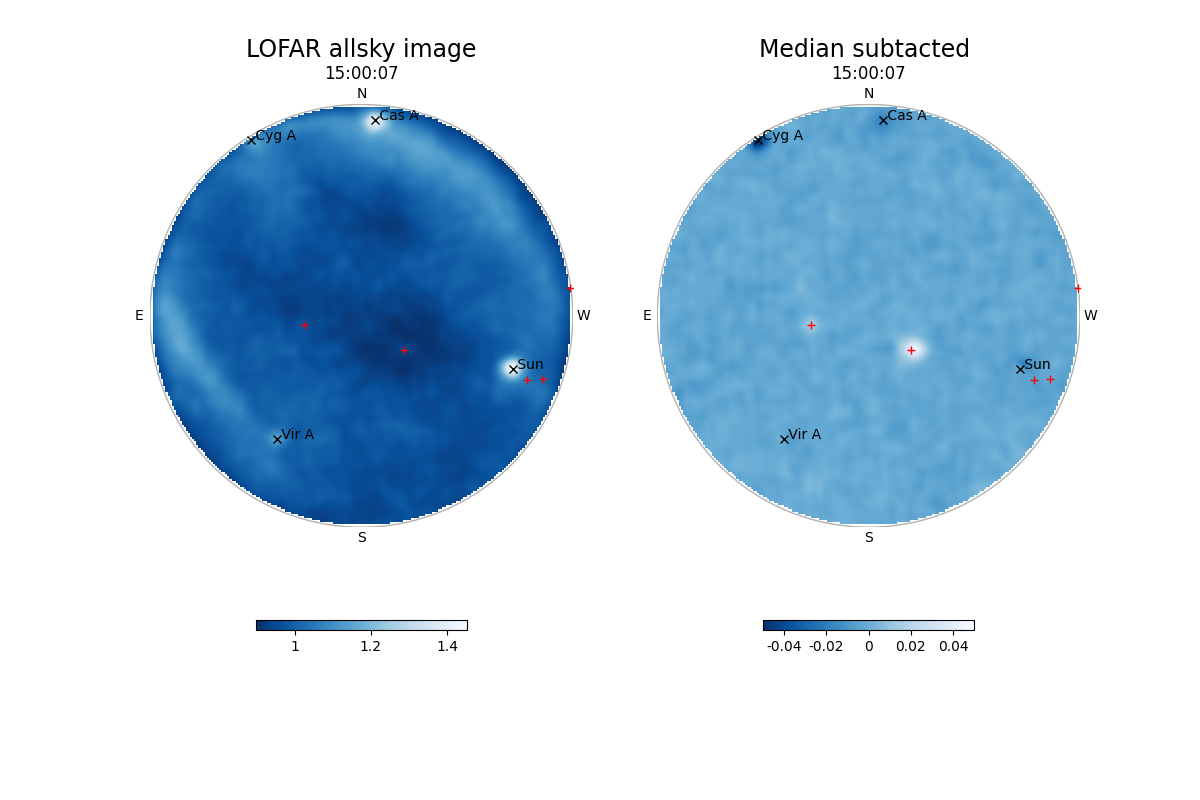- cross-posted to:
- science@hexbear.net
- brainworms@lemm.ee
- cross-posted to:
- science@hexbear.net
- brainworms@lemm.ee
Observations with the LOFAR (Low Frequency Array) radio telescope last year showed that first generation Starlink satellites emit unintended radio waves that can hinder astronomical observations. New observations with the LOFAR radio telescope, the biggest radio telescope on Earth observing at low frequencies, have shown that the second generation ’V2-mini’ Starlink satellites emit up to 32 times brighter unintended radio waves than satellites from the previous generation, potentially blinding radio telescopes and crippling vital research of the Universe.
Time for astronomy to destroy Elon Musk
Looking forward to when Europe and China also launch their own satellite internet constellations

Obviously this is a problem for radio astronomers. I keep hoping we’ll build the proposed Lunar Crater Telescope so we can have a truly silent view of the universe.
And then let people move there to get away from Elon.
And consequently create radio chatter and disturb the Lunar Crater Telescope :(
But people are still shilling for starlink. I was always downvoted for mentioning the kessler syndrome or light pollution. All for progress, I guess we really need that fast internet in the middle of the atlantic.

Elon is a nazi but this was always bound to happen as we expand our presence in space.
Imagine the radio signature of any of the hundreds of orbital megastructures in sci fi.
this was always bound to happen as we expand our presence in space.
Yes and no — from a different article:
Radiation associated with Starlink satellites was detected at observing frequencies between 110 and 188 MHz, which is well below the 10.7- 12.7 GHz radio frequencies used for the downlink communication signals.
(The original article said 5M radiation, which should be around 60MHz.)
So Starlink is emitting RF in spectrum where they shouldn’t, which is avoidable, but takes effort.
My guess, and I could be wrong, is that this could be related to something other than the radio(s), such as switching power supplies finding opportunistic structures from which to radiate.



